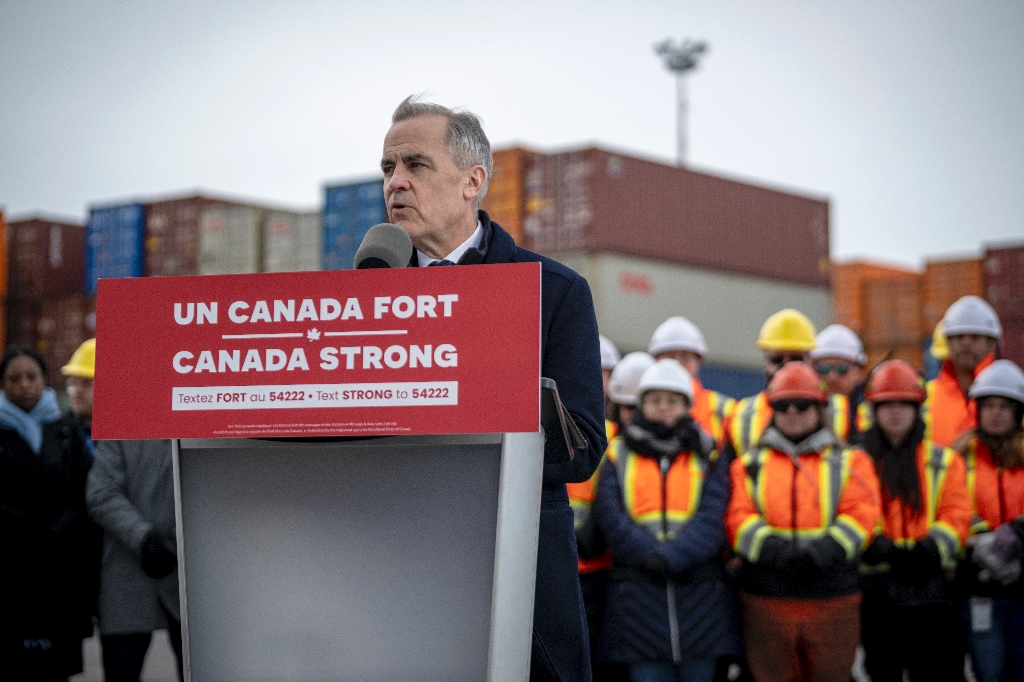Washington (AFP) – More than 75,000 employees at Kaiser Permanente began one of the largest healthcare worker strikes in recent US history on Wednesday after failing to resolve a dispute over staffing levels.
The walkout at America’s largest non-profit healthcare organization comes during a year in which an inflation surge has spurred strike action to demand higher pay across the United States, from Hollywood to Detroit.
The strike of union members at Kaiser Permanente began early Wednesday at sites in Virginia and the US capital Washington.
It is due to spread to the West Coast later in the day, where the vast majority of the company’s workforce is based.
Kaiser said it has put in place contingency plans to limit the impact of the strike, but warned customers to expect “longer than usual” wait times, according to a statement posted on its website.
– ‘Disappointed’ –
The three-day walkout will be “the largest healthcare worker strike in US history,” the Coalition of Kaiser Permanente Unions, an umbrella group representing local unions, said last month.
The union is pushing for pay increases across the board, and protections against subcontracting and outsourcing of labor, among other demands, according to recent statements from the coalition.
It has threatened to engage in further strike action in November “if Kaiser continues to commit unfair labor practices.”
In a statement, Kaiser Permanente said it was “disappointed” by the strike, adding it plans to keep its medical centers running throughout the three-day walkout.
“Our medical centers will remain open during the strike and will be staffed by our physicians and trained and experienced managers and staff,” it added.
– Inflationary pressures –
Kaiser Permanente’s strike comes during a year in which the US has seen an unusually-high level of industrial action amid rising inflation.
Higher prices have reduced the purchasing power of workers across the country, while the rise of generative artificial intelligence (AI) has led to concerns about the automation of growing numbers of jobs.
Industrial action is ongoing in Detroit, where the United Auto Workers (UAW) union is engaged in its first-ever joint strike action against the “Big Three” auto makers — GM, Ford and Chrysler maker Stellantis — in a push for higher pay and better working conditions.
More than 25,000 workers are on strike in 21 states — around 17 percent of UAW’s 146,000 members — as talks continue.
And in Hollywood, a months-long joint strike by writers and actors recently brought California’s lucrative film industry to a halt, stopping production and broadcast of major movie and TV productions.
While the writers have since agreed on a deal to return to work, actors represented by the SAF-AFTRA union remain on strike as the final details of their own deal with the major studios is hammered out.




